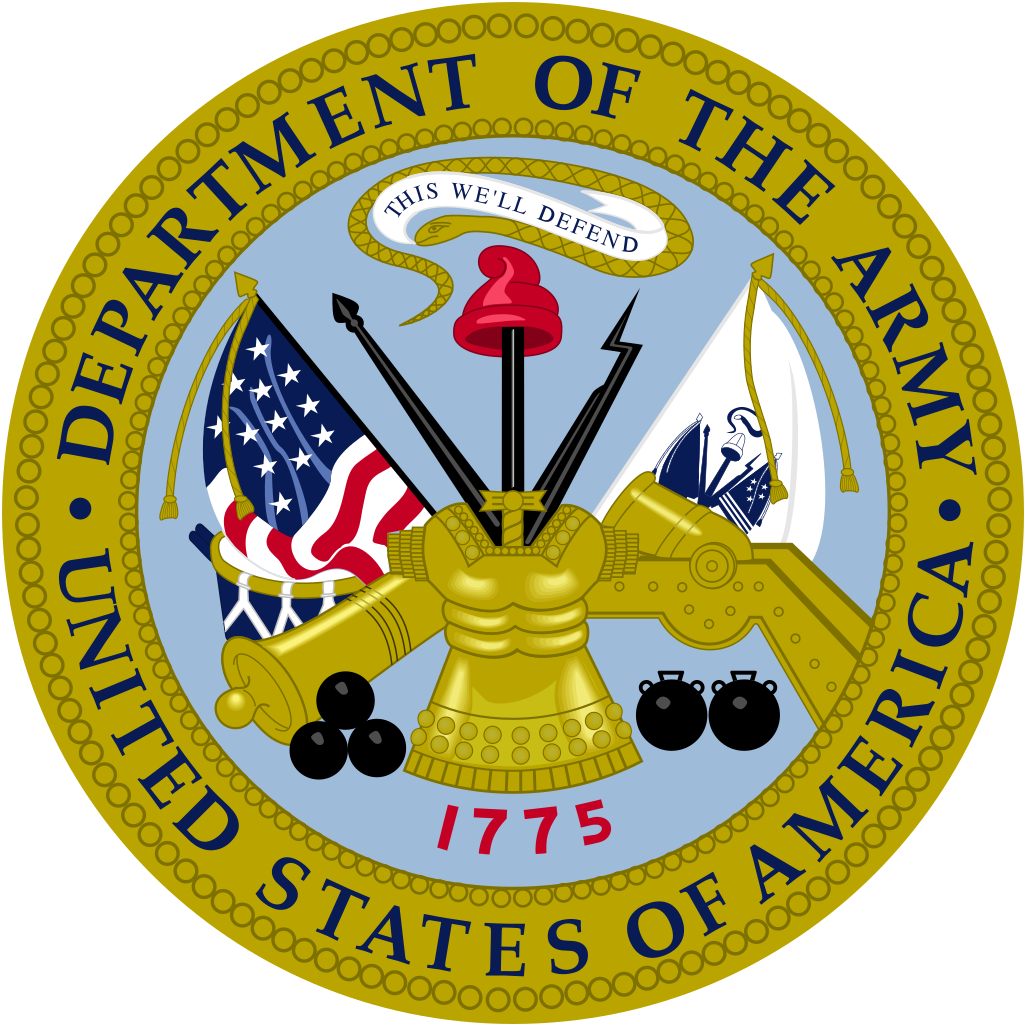 The U.S. Army Manufacturing Technology (ManTech) Program is an industrial preparedness program that seeks solutions to address end-item efficiency and affordability of manufacturing processes to advance the Army’s technological capabilities. These improved processes are intended to reduce life-cycle costs for current and future Army acquisition programs within the following portfolio areas:
The U.S. Army Manufacturing Technology (ManTech) Program is an industrial preparedness program that seeks solutions to address end-item efficiency and affordability of manufacturing processes to advance the Army’s technological capabilities. These improved processes are intended to reduce life-cycle costs for current and future Army acquisition programs within the following portfolio areas:
- Network Command, Control, Communications, and Intelligence (NC3I)
- Ground
- Aviation
- Soldier
- Weapons
The Army ManTech Program coordinates with key partners across the defense industrial base to develop manufacturing processes and apply manufacturing technologies that will reduce acquisition and sustainability costs, as well as repair cycle times, of defense weapons systems in direct support of Army warfighting capabilities critical for our Soldiers’ success.